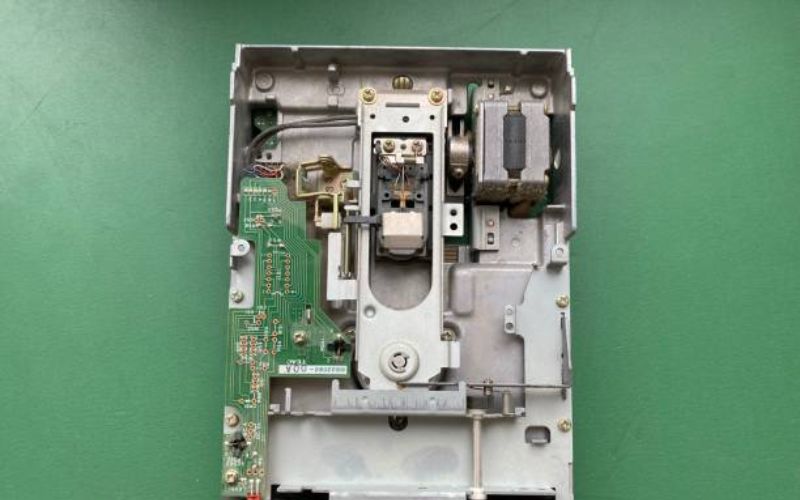Introduction
liquid cold plates are gaining traction in the electronics industry as a more efficient solution to heat dissipation compared to air-cooled systems. In this article, we will explore the benefits of liquid cold plates, their uses, and how they work.
What are Liquid Cold Plates?
Simply put, liquid cold plates are designed to cool devices and electronic components. They are made of a thermally conductive material such as copper or aluminum, which is designed to transfer heat away from the device.
How Do They Work?
Liquid cold plates use a liquid coolant to absorb and dissipate heat from the device. The coolant flows through channels inside the cold plate, which transfer heat to the outer surface where it can be dissipated.
Advantages of Using Liquid Cold Plates
Improved Thermal Performance
Liquid cold plates have a higher cooling performance compared to air systems, making them ideal for high-performance devices that generate a lot of heat.
Flexible Integration
Liquid cold plates can be designed to fit a specific device or component, making them easier to integrate into existing systems.
Reduced Noise
Liquid cold plates are a quieter option compared to air-cooled systems, which use fans to move air across the components.
Longer Lifespan
Liquid cold plates can prolong the lifespan of electronic components by keeping them at a lower temperature, reducing the risk of thermal damage.
Reduced Maintenance
Liquid cold plates require less maintenance compared to air-cooled systems, which can accumulate dust and debris.
Applications of Liquid Cold Plates
High-Performance Computing
Liquid cold plates are commonly used in high-performance computing systems such as server racks and data centers.
Power Electronics
Power electronics systems that generate a lot of heat can benefit from liquid cold plates, which can improve the thermal performance and lifespan of the components.
LED Lighting
LED lighting systems can also benefit from liquid cold plates to maintain optimal temperature and prolong their lifespan.
Conclusion
Liquid cold plates offer several advantages over traditional air-cooled systems, including improved thermal performance, reduced noise, and reduced maintenance. They can be used in various applications to improve the reliability and lifespan of electronic components.
liquid cold plates, electronics cooling, improved thermal performance, flexible integration, reduced noise, longer lifespan, reduced maintenance, high-performance computing, power electronics, LED lighting
The Benefits of Using Liquid Cold Plates for Electronic Cooling
Discover how liquid cold plates can offer improved thermal performance, reduced noise, and longer lifespan for electronic components.
Quote Inquiry
Contact us!

